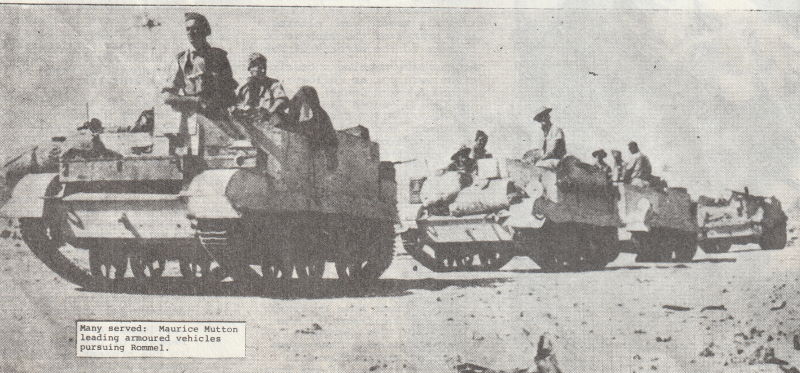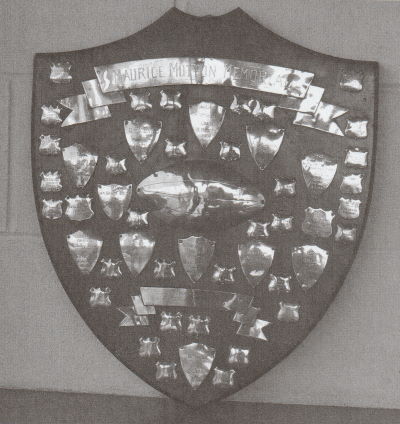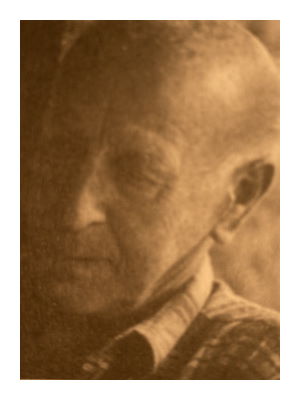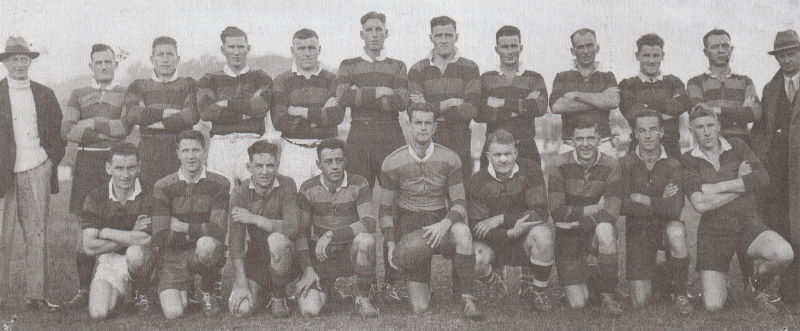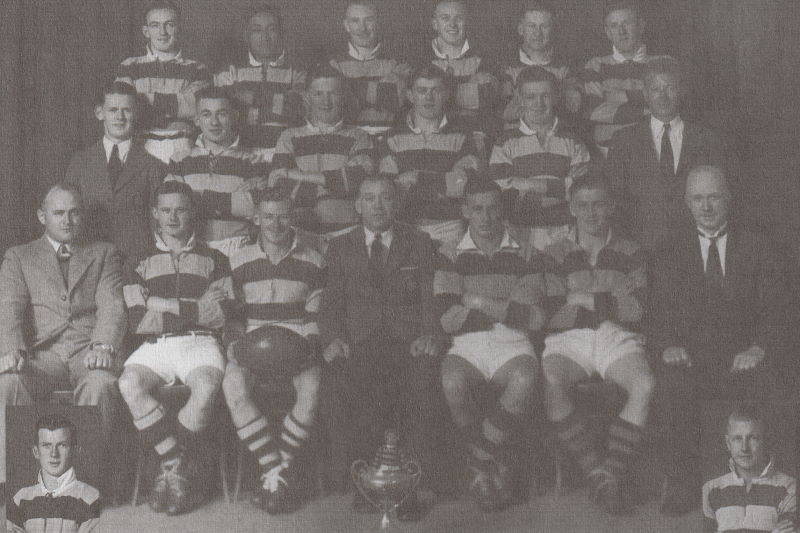
1930's at the Northcote Rugby Club
A
has been added.

The Northcote Birkenhead rugby story really began on 3 April 1929 at a meeting chaired by Jim Ryan from which the names of 55 intending players were tabled at the meeting and teams entered in the Auckland Rugby Union competitions.
It is fitting to record the outcome of the first election: Patron: W.M. Jacks; vice-patrons: Rev Father Spierings and A.E. Greenslade; president: Ralph Johnston; secretary and treasurer: Les Nicholson; committee: John Potter, 'Drew' Miller, A.C.T. Winkleman, Ross Harris, Eric Hurley, Father Dean Alink (Maori Boys Rural Training College which later became St Peters Maori Boys College and is now Hato Petera College); delegate to the ARU: John Potter; club captain: Jim Ryan; selectors: Ralph Johnston, 'Drew' Miller, Bob Brown; auditor: A.E. Greenslade.
Thus were laid the foundations of a club that over the next seven and a half decades would become one of the pillars of, initially, Auckland and, from the mid 1990s, North Harbour rugby.
Stafford Park, that sward of grass on your left just after you cross the Harbour Bridge (the Harbour Bridge that wasn't built until the 1950s), was the club's original headquarters, although it wasn't exactly ideal. The park, that was formed in 1924, was used by cricketers throughout the summer and had to be shared with the league club in winter.
Early season training was held at St Peters, a college for Maori boys seeking higher education, and the spirit of co operation developed then has endured to the present day.
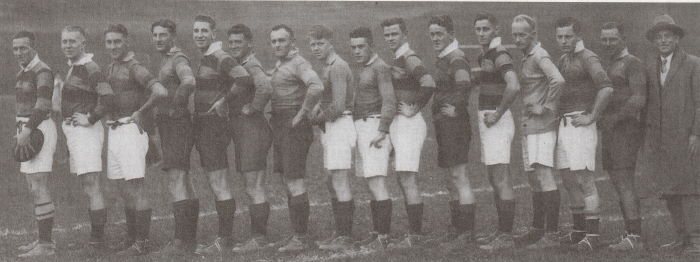
So while the club was functioning well enough into the early 1930s, it possessed no true headquarters. Committee meetings were held weekly, variously in the homes of office bearers and sometimes in the tearooms at the rear of Brennan's shop. For 12 months from May 1932 the committee meetings were held regularly at the residence of J.T. Aspden (father of Chick Aspden, who became a club stalwart) in Stafford Road.
The meetings were then transferred to what passed as Northcote Birkenhead's 'clubrooms' in Kauri Glen Road, opposite the present college, but what was in fact the Drill Hall that was leased from the Defence Department for a yearly rental of £1 5s ($2 .25 ). These premises were also used for training and, when water was reconnected, actually boasted a shower. A championship success by the seventh grade team of 1930, coached by Alec Grant, brought early recognition to the club. This was the last season this grade was catered for by the Auckland Rugby Union. It was superseded by the Junior Boys competition that embraced junior, intermediate and senior sections.
Junior boys rugby forms a major part of today's activities and it is interesting to note its early impact.
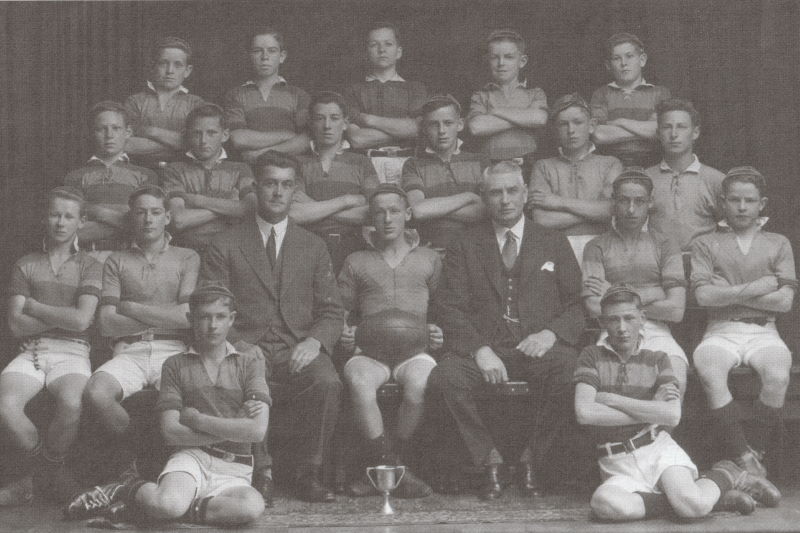
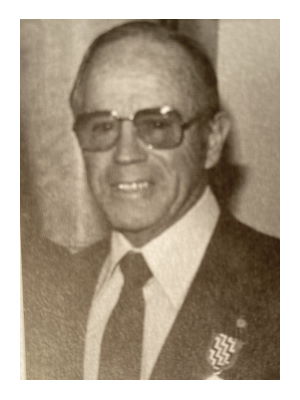
In 1931, Bob Brown was elected president, continuing in that role until 1933 when Jack Lethbridge took over.
Bob Brown, to whom Northcote and Birkenhead owes so much for his endeavours in helping to establish the club, was tragically drowned in March 1934 in a vain attempt to rescue his younger son who had got into difficulties at Orewa. The club recognised his massive contribution by electing his widow a life member at that year's annual meeting.
At the same meeting subscriptions were set at five shillings (50 cents) for second grade players, four shillings (40 cents) for the thirds, two and sixpence (25 cents) for the fourths and fifths, two shillings (20 cents) for the sixths and one shilling (10 cents) for the juniors.
Match footballs were purchased from Arthur Tilley for £1 ls ($2.10) and jerseys for five Ss 9d (58 cents). Although these figures pale by comparison with today's prices, the strain of financing the club was just as challenging in those days, probably more so given that the world was in the grip of the great Depression.
It was during Jack Lethbridge's term as president that the first moves to establish headquarters for the club were initi ated, a property in Nelson Avenue being purchased in 1935 in the names of two trustees, Jack Lethbridge and Jack Fletcher.
The next significant milestone occurred two years later when a training shed was purchased from the former Ellerslie Club with financial assistance from the ARU and erected on the property. A 1937 newsletter records:
The important job of the installation of electric lighting was carried out by a former player, ].H. MacKinnon. The sanitary and dressing room facilities proved an awkward problem, but with the practical and expert assistance of Bob Hurley, Jack Blake, Eddie Taylor and Fred Cullington this job was completed. With the main essentials finished further improvements will be made as finance permits.
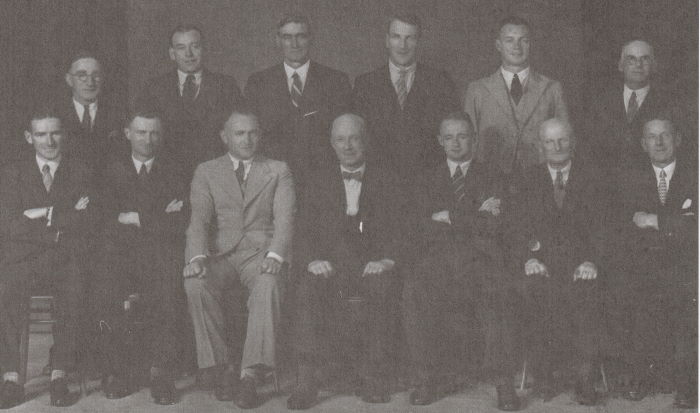
The building became known as the Tin Shed. It had an annex which functioned as a bar, a place to sit, drink and yarn. In 1936 the fourth grade team, coached and managed by Eddie Taylor, finished runner-up in the championship and won the knock-out competition.
A year later, essentially the same players, having advanced to the third grade, won the championship, again under the guidance of Eddie Taylor. This achievement made 1937 (the year the Springboks toured New Zealand, winning the series against the All Blacks) a notable season. However, as the club was now the owner of property so did its liabilities increase, making fundraising necessary.
One of the early methods of boosting the coffers was to arrange movie benefit nights with the manager of the Kings (now Bridgeway) Theatre, splitting the take. One of the rea sons for the fundraising was to clear Northcote Birkenhead's debt to the ARU, the union eventually writing off a balance of £90.
The club's 10th anniversary was commemorated with two championship successes and the outbreak: of war. The cup winners were the junior boys colts, coached by Keith Markwick, and the crack third grade side of '37 which had advanced to the open championship where it maintained its winning streak. Early in 1940 Eddie Taylor and members of his team marched in club blazers to join the 2nd Echelon. As well as Ed Taylor, included were Chum and Don Arblaster, Jack Charman, Cliff Rendle, Jim Marrett, Joe Sainty, Vince Paltridge and Maurice Mutton. At the same time, Harold Wrightson and Norm Bellamy joined the navy.
The impact of Eddie Taylor and the members of his mighty team continues to the present day. The club's premier trophy is the Maurice Mutton Shield, donated by Don and Chum Arblaster and Vince Paltridge, in memory of Maurice who lost his life in Egypt in 1942.
